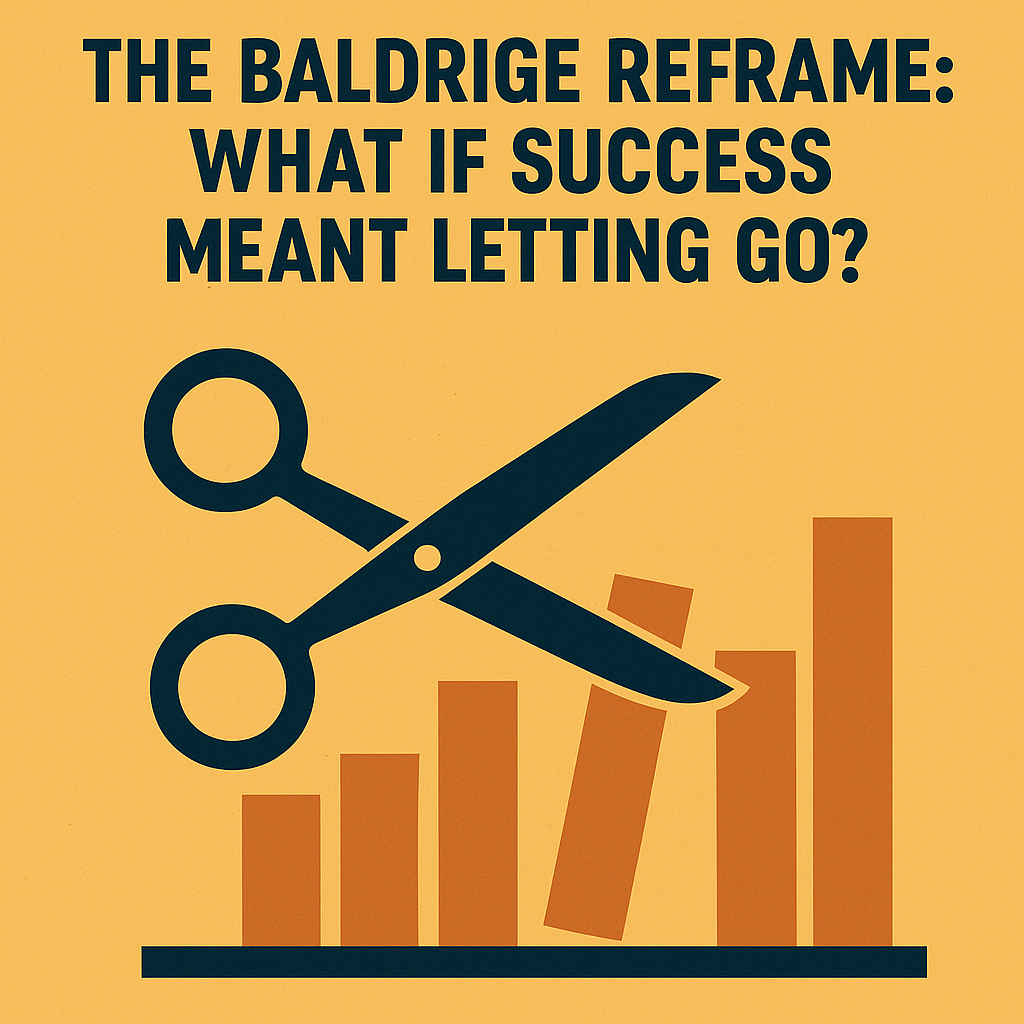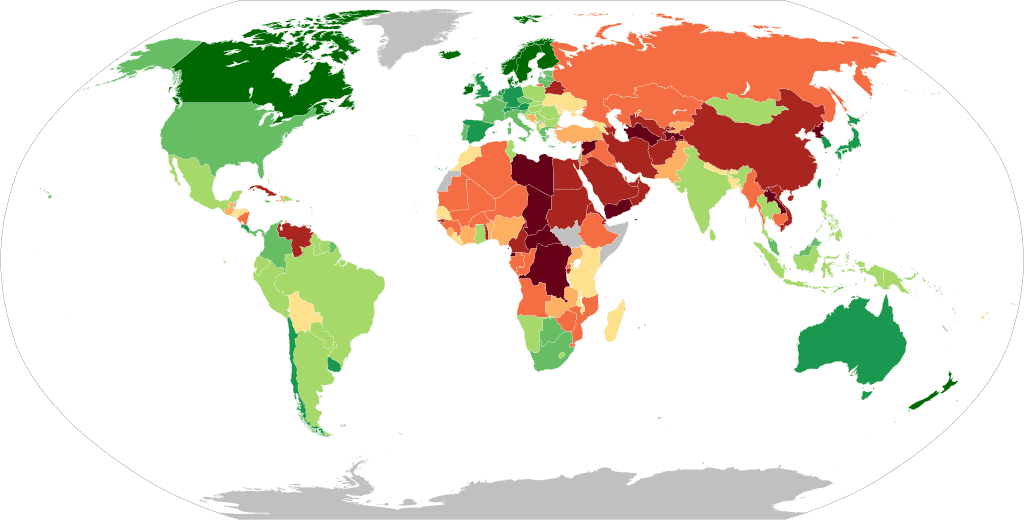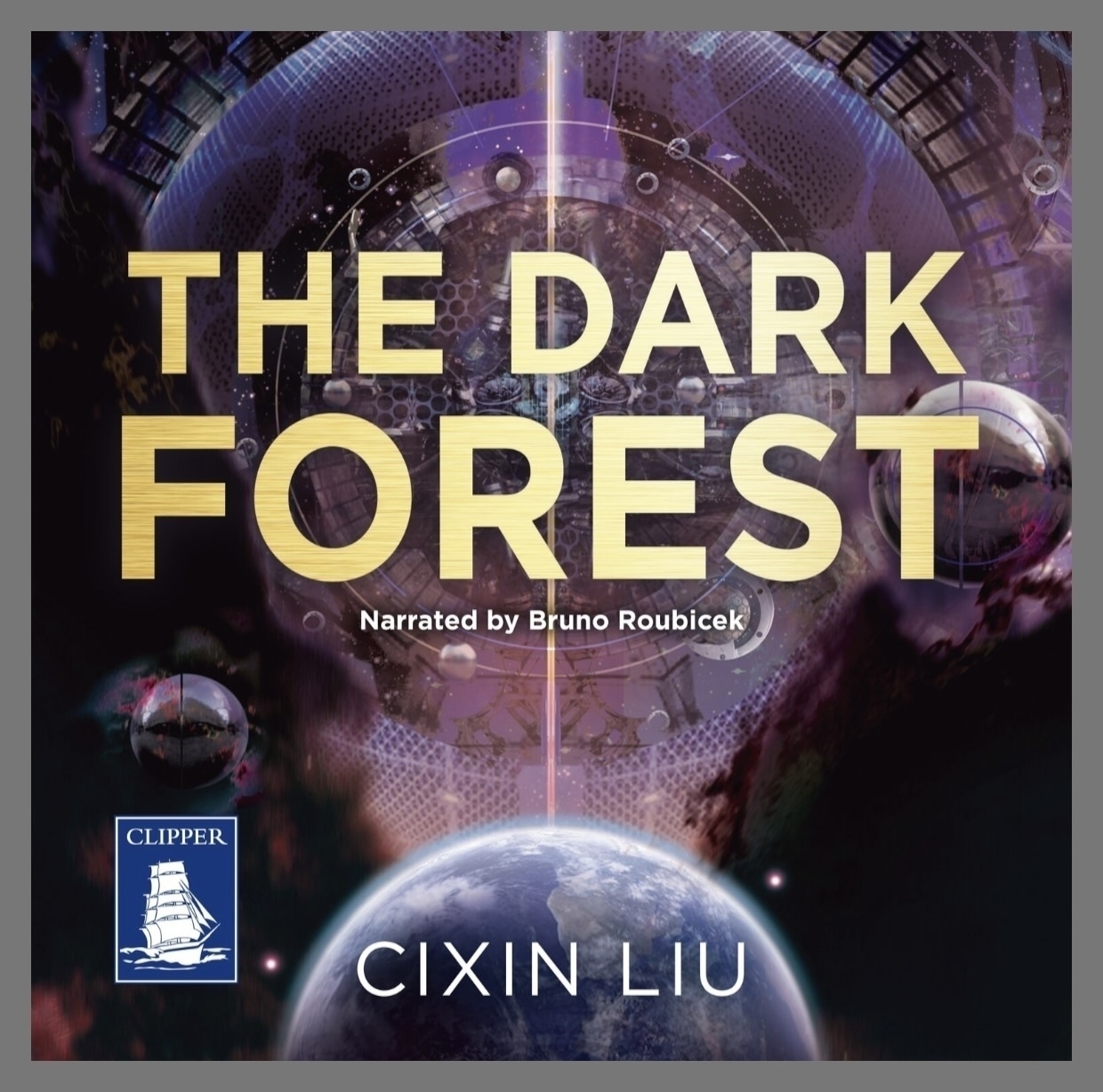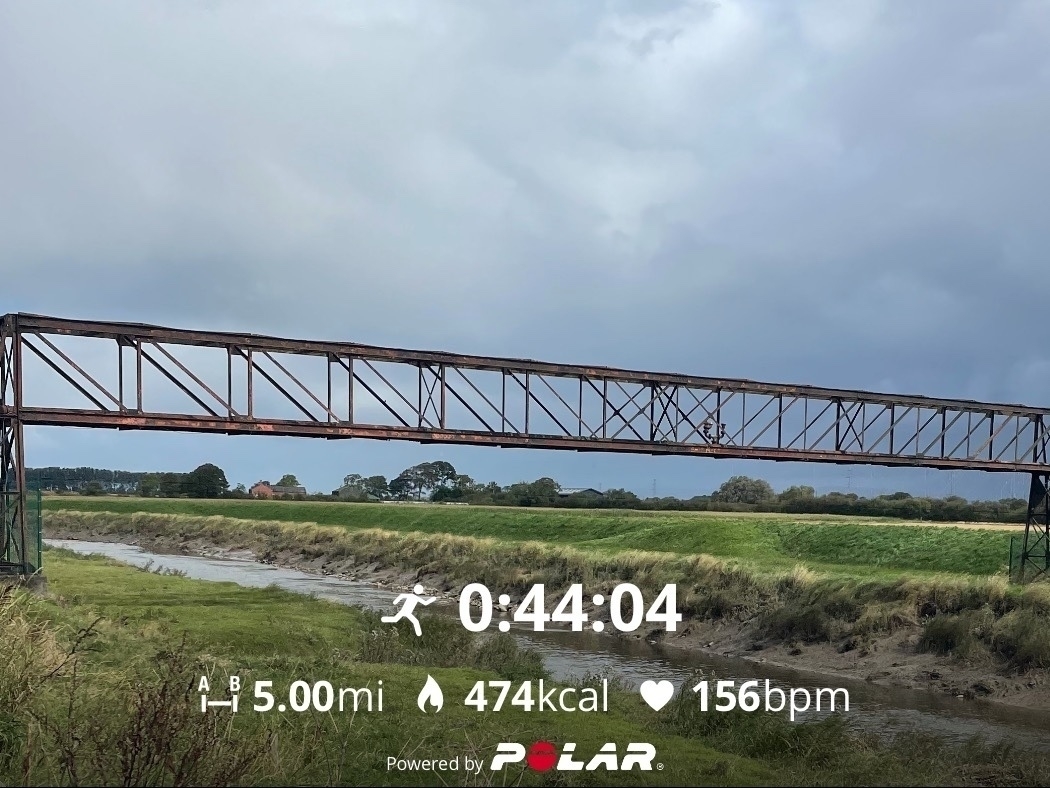The Exnovation Conundrum: Why We Struggle to Let Go
Why do we cling to outdated practices when better alternatives exist? My latest post explores “The #Exnovation Conundrum”, the often-ignored struggle to let go. Inspired by John Kimberly’s work.

Why do we cling to outdated practices when better alternatives exist? My latest post explores “The #Exnovation Conundrum”, the often-ignored struggle to let go. Inspired by John Kimberly’s work.

Today, I’ve been thinking about the Baldridge #innovation framework through an #exnovation lens. Its application is actually quite interesting for businesses open.substack.com/pub/exnov…

#“Everyone loves an #innovation, an idea that sells.” But what about the ideas we stopped selling? In my latest piece, I put the innovation-bias quote under the #exnovation lens — and ask what’s quietly being phasing out? 👉 exnovationfiles.substack.com/p/what-ge…

A recent article on innovation leadership claims that “great leaders bet on the unusual.” But what if the most unusual — and courageous — bet isn’t adding something new, but choosing what to stop?
We talk about risk as the price of innovation. But exnovation carries its own kind of risk: reputational, political, even emotional. Letting go of familiar products, outdated systems, or embedded habits can feel counter-intuitive — even reckless. Yet it’s often essential.
The article celebrates collisions of diverse perspectives as the spark for innovation. But those same collisions can raise uncomfortable questions:
“Why are we still doing this?” “What happens if we stop?”
Real leadership means creating a culture that embraces those questions too — not just the chase for what’s next. It means pruning, not just planting. Unmaking, not just making.
Progress isn’t always additive.

What if we found and replaced #innovation with #exnovation in responsible leadership and business? open.substack.com/pub/exnov… Rethinking leadership, progress, and performance through the lens of letting go.

Playing with creative nature of my #PhD - Therefore, I present this #Haiku
Cupjira ascends, Plastic poisons stain the earth, Cycles break, then renew.
Still considering using Cupzilla instead of Cupjira, as may be more relatable to use the anglicized name 🤔

As part of my research project, I thought I would play a little with Chat GPT to create a poem… #plasticwaste #coffee #singleuse #environment


I spotted this #climate post on Mastodon:
“You know, if we really cared about Earth’s ecosytems, we would focus on them more than finance. Our dire straits are due mostly to our cultural underpinnings. Why is DJIA so prevalent and worried over, rather than climate indicators? How come the nightly news and home widgets on Windows fail to show the daily “Combined Environmental Index”? How come it’s not a standard segment in the nightly news, with full analysis? How come there’s not a daily Climate section in the newspaper?” via mastodon.social/@JeffC195…
…and thought, ‘yeah, why don’t they?’, before wondering what the Combined Environmental Index is. In my role, I feel that I should know….so went in search of an explanation.
As usual with searches, the results were rather convoluted and included Environmental Sustainability Index (ESI), Climate Change Performance Index (CCPI), Enviornmental Performance Index (EPI), and so on. Some countries are included within some indices, whereas others are not, and questions about the data input are questioned. Simplifying a complicated data set, from different sources and with complex societal issues is always going to be a challenge, and always going to be challenged. The news press cannot be relied on to report on data, as it does not suit their stance on climate change and denial, but agree that there should be a space where data collected can be displayed, and accessible for those interested.
Yet, care is needed to ensure people do not become numb to the data (such as was evident when COVID figures were shared - after the initial panic and concern, the numbers became less important) unless they can relate to the data. And this is where stories are important. With COVID, the initial concern for people was that they were able to relate to the figures - it could impact them, their lives, families, and friends. The stories told, at that time, were relatable.
We are a story-telling species, and this is where the climate data needs to be shared more relatable, realistic, and recognisable. The shared stories (or case studies) help frame the data’s importance, and cross-referencing work between different disciplines is required. Data analysts need to work closely with creative writers to tell the stories in a way that people can digest and relate. Change will happen, but if the pace is to be picked up, re-framing the climate emergency story needs urgent attention.
[https://esgthereport.com/the-environmental-performance-index-how-it-works/](Image Source)
So, this little cutey was introduced into the family today

Time to start listening to new #audiobook - This one is 23 hours long. I may be a while!

Today’s 5-mile midweek #running session number 2 was against a strong wing for the return leg, so not too bothered about the time. I’m not racing against anyone, and do appreciate the head space getting out gives me. Temperature was a cool 9°c.

View from the hedge… #photography

Mainly thanks to the new Reeder+ App, I am now exploring micro.blog, and like the clean interface so far. Linked a token to Ulysses App, and now looking forward to share, collaborate, and explore these communities 🤓